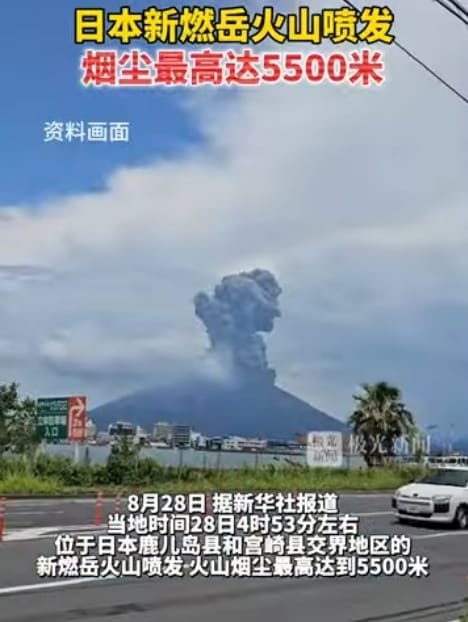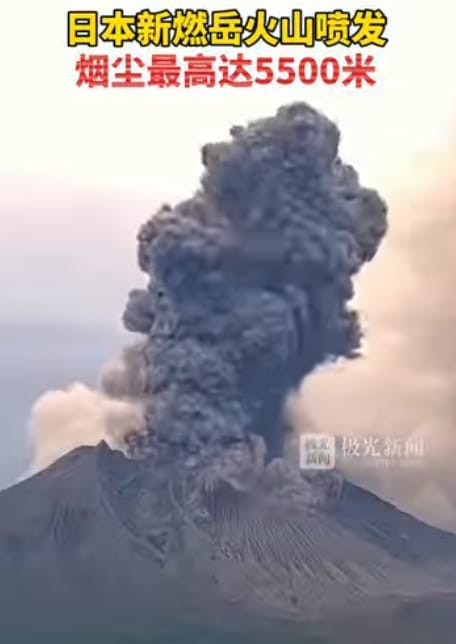Japan's Shinmoedake Volcano Erupts; Ash Plume Reaches 5,500 Meters! 🌋
Shinmoedake volcano erupted with an ash plume soaring 5,500 meters high, prompting safety alerts and raising important environmental concerns.

Shinmoedake Volcano: Nature's Fiery Spectacle 🌋
Early in the morning on the 28th, residents near the border of Kagoshima and Miyazaki prefectures witnessed a powerful natural event as Shinmoedake Volcano erupted. The Japan Meteorological Agency reported that volcanic ash soared an astonishing 5,500 meters into the sky—a reminder of Mother Nature's formidable power!
Volcanic eruptions like this don’t just make for dramatic headlines; they also raise vital concerns about safety and environmental impact. The Japan Meteorological Agency quickly issued a Level 3 alert, urging everyone to stay clear of the mountain to avoid dangers from ash fall and potential volcanic activity.

Understanding the Alert Levels and What They Mean for Locals
In Japan's rigorous volcanic monitoring system, a Level 3 alert means: Do not enter the mountain area. Although this isn't the highest warning, it's serious enough to restrict access and prepare for possible escalation.
For locals and tourists alike, this is not simply a suggestion but a critical guideline to avoid potential injury from sudden explosions, toxic gases, or falling debris. Ash clouds at such altitudes may also disrupt air travel and affect respiratory health, especially for sensitive groups.
The Environmental Ramifications: Why Does This Matter Beyond Japan?
Volcanic eruptions contribute vast amounts of ash and gases into the atmosphere. While they are natural phenomena, they can influence global climate patterns temporarily, affecting air quality far beyond the eruption site.
It’s important to stay informed about these events because the ash plume from Shinmoedake may lead to health advisories for surrounding regions. Volcanic ash contains tiny sharp particles that can irritate lungs and eyes, as well as hit machinery and vehicles. Continuous monitoring helps prevent larger-scale disruptions.
What’s Next? Staying Safe and Informed
Scientists and the Japan Meteorological Agency will keep a close eye on Shinmoedake’s activity. The best advice for everyone? Stay updated through official channels, follow alerts promptly, and understand the risks involved.
Volcanoes like Shinmoedake remind us how dynamic our planet is—and how preparedness is key. So, while the eruption might be thrilling news for volcanologists, it’s a cautionary tale for all of us! ⚠️🌍




